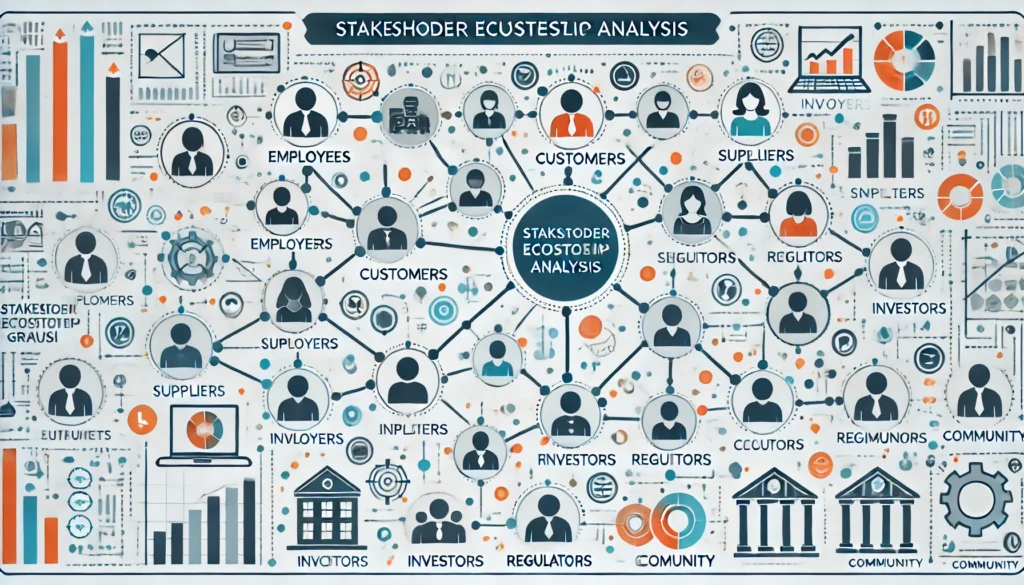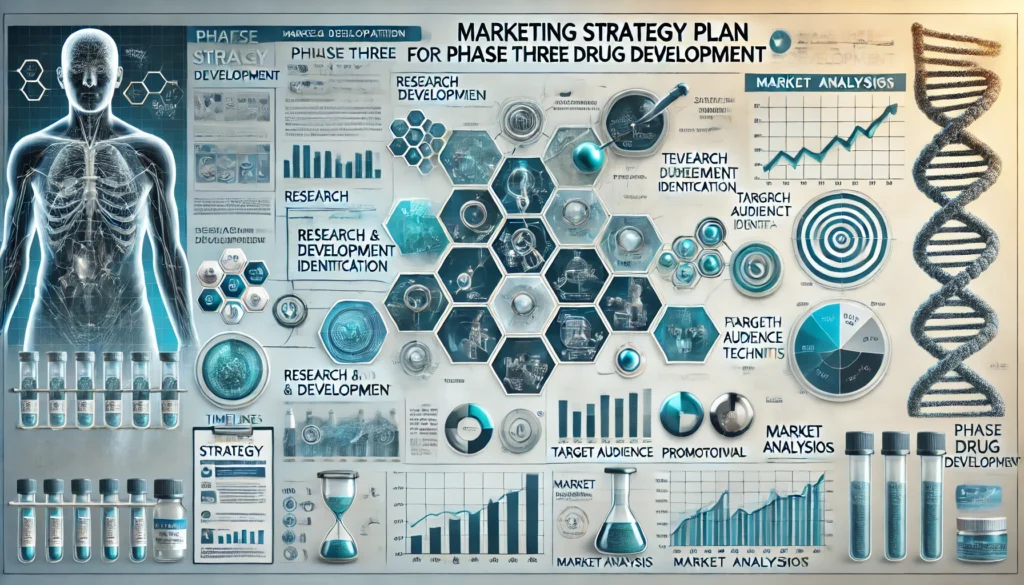Understanding Phase Three Drug Development Landscape
Phase three is the pivotal level in drug improvement, wherein efficacy, safety, and ordinary hazard-advantage profiles are evaluated through huge-scale medical trials. At this stage, the stakes are high, with thousands and thousands invested in studies and trials. In step with my enjoy operating in pharmaceutical marketing, the fulfillment of this section regularly determines whether the drug can continue to the marketplace, making strategic planning important.
Table of Contents
Current Market Dynamics and Challenges
The pharmaceutical marketplace is quite competitive and regulated, with challenges along with stringent approval procedures and high improvement prices. Navigating those hurdles requires know-how of evolving marketplace developments, along with the integration of virtual gear inside the commercialization procedure and multiplied focus on patient-centric care. A personal insight I’ve won is that keeping up with technological advancements and regulatory updates can role corporations for achievement on this competitive space.
Regulatory Framework Impact on Marketing
The regulatory landscape plays a significant role in shaping marketing strategies. Phase three trials must comply with guidelines from agencies like the FDA or EMA, which influence how data is presented and promoted. In my experience, close collaboration with regulatory experts ensures compliance while crafting compelling, evidence-based narratives to highlight a drug’s benefits. This collaboration has often helped avoid costly delays and reinforced trust among stakeholders.
Stakeholder Ecosystem Analysis
Aligning with Stakeholder Expectations
Stakeholders—from investors to healthcare providers—have diverse needs. Understanding these expectations is crucial for a tailored marketing strategy. For instance, my team once conducted surveys with healthcare professionals to identify pain points in prescribing a new drug, which informed our messaging strategy.

Building Effective Key Opinion Leader Networks
Key Opinion Leaders (KOLs) are instrumental in phase three drug marketing. Identifying and engaging medical experts who can advocate for the drug requires a well-thought-out approach. I recall collaborating with a renowned oncologist during a drug launch, whose endorsement significantly boosted credibility and adoption rates.
Creating Sustainable KOL Partnerships
Building long-term partnerships with KOLs involves more than monetary incentives. Transparent communication and aligning goals foster trust. For instance, organizing collaborative research opportunities has strengthened my relationships with influential experts.
Managing Scientific Advisory Boards
Scientific advisory boards provide insights into trial designs and post-launch strategies. Leveraging their expertise ensures alignment with market needs and enhances the credibility of marketing efforts. In one project, engaging an advisory board early streamlined our clinical evidence dissemination plan.
Data Communication and Clinical Evidence Dissemination
Effectively communicating clinical trial results is vital for gaining stakeholder confidence. Using clear visuals and simplified data summaries ensures broader comprehension. My approach often involves working closely with medical writers to create concise yet impactful content.
Patient Advocacy and Market Access Planning
Developing Patient Support Programs
Phase three marketing should focus on patient-centric strategies. Patient support programs can improve adherence and outcomes. From personal experience, integrating telehealth solutions into these programs has significantly enhanced accessibility and satisfaction.

Payer Engagement Strategies
Securing payer buy-in requires demonstrating cost-effectiveness and clinical value. In my projects, value dossiers tailored to specific market needs have been effective, ensuring quicker reimbursement approvals.
Market Access Optimization Techniques
Collaborating with market access teams early in the phase three process ensures streamlined entry into target markets. Strategies like health economics modeling have proven invaluable in demonstrating a drug’s value proposition.
Conclusion
Section three drug improvement is a crucial juncture in which strategic advertising can decide fulfillment or failure. By using knowledge of the development panorama, addressing market challenges, and efficaciously enticing stakeholders, pharmaceutical businesses can role their products for success commercialization. Leveraging private reports, insights, and affected person-focused approaches ensures a complete strategy that resonates with all involved events.
FAQs
What is a phase three drug, and why is it important?
Phase three drugs are in the final stage of clinical trials, where their efficacy and safety are thoroughly tested before regulatory approval and market entry.
What are the key components of a marketing strategy for phase three drugs?
Key components include stakeholder engagement, patient advocacy programs, data communication, KOL partnerships, and market access planning.
How long does phase three drug development typically take?
Phase three trials can take 1–4 years, depending on the drug, trial design, and regulatory requirements.
What role do key opinion leaders (KOLs) play in marketing phase three drugs?
KOLs are medical experts who influence the adoption of new drugs by healthcare providers and contribute to building trust in the product.
How can patient advocacy improve the success of a phase three drug?
Patient advocacy programs ensure better adherence, accessibility, and trust, ultimately leading to improved market penetration and outcomes.
What strategies optimize market access for phase three drugs?
Effective strategies include value demonstration through health economics, payer engagement, and aligning with regulatory and market requirements.







